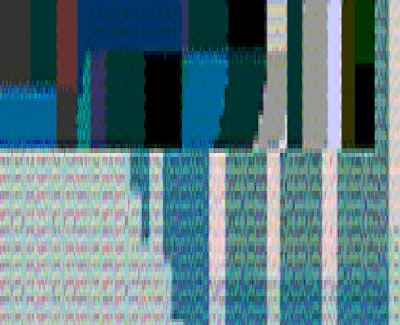back - two copies. HPF on one, LPF on other. HPF lower in level panned to 9.30 oclock, slight delay. LPF relatively higher volume panned to 11 oclock, slight reverb.
then combined the two concepts to get a sound that moves from left forward to center(ish) and then back to the right. using three copies, with the third having a BPF and phase inverted (just for good times) - using all above techniques.
the picture is of this one - you can see also a bit of reverb mix automation, as the sound gets closer the mix gets less reverb.

the fourth is slightly to the right. I used 3 copies, each with a stereo eq setting and some phae inversion, and also slight delay. i like this with no reverb.
| spatialAM.mp3 |
http://www.esnips.com/doc/392942f5-8efb-4853-99a8-69fd5144db22/spatialAM
Haines, Christian. Audio Arts week 12 lecture. University of Adelaide, 23 October 2007.
pp 159 - 164. Sonnenschein, David. 2001, Sound design : the expressive power of
music, voice, and sound effects in cinema, Michael Wiese Productions, Seattle, Wash.
White, Paul. 1994, 3D Mixing: Giving your mixes more space, SOS Publishing, 2004,
White, Paul . Robjohns, Hugh. Bell , Matt. 2002, You are Surrounded: Surround Sound
Explained - Part 7, SOS Publishing, 2006,
















